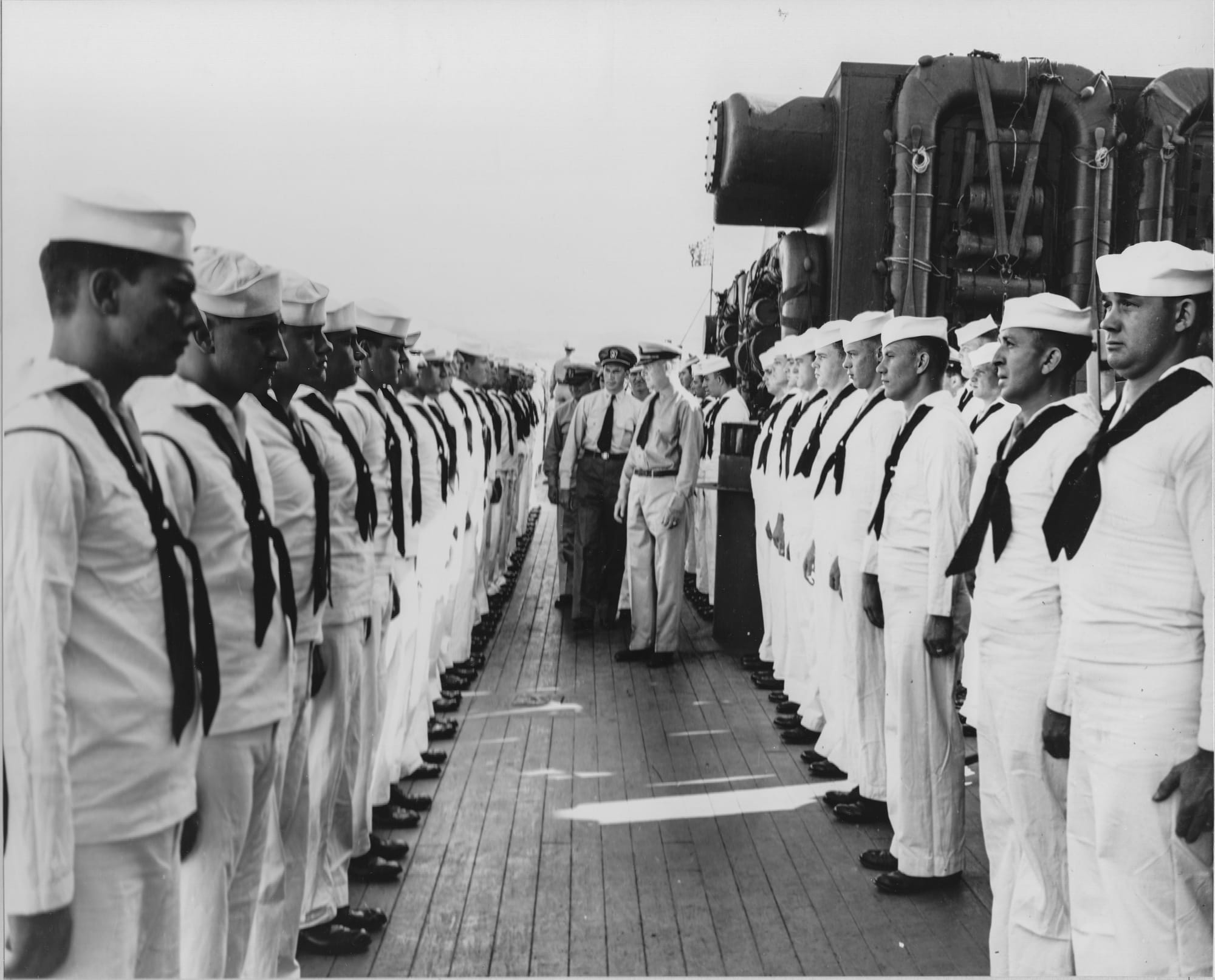Steve and I started this project 15 years ago, and I just reconstructed the records. We have over 3,000 sailors and officers, their initial rank when they joined, every promotion, discipline records and battle achievements. 60 of the people who have visited the site have submitted individual pictures of

